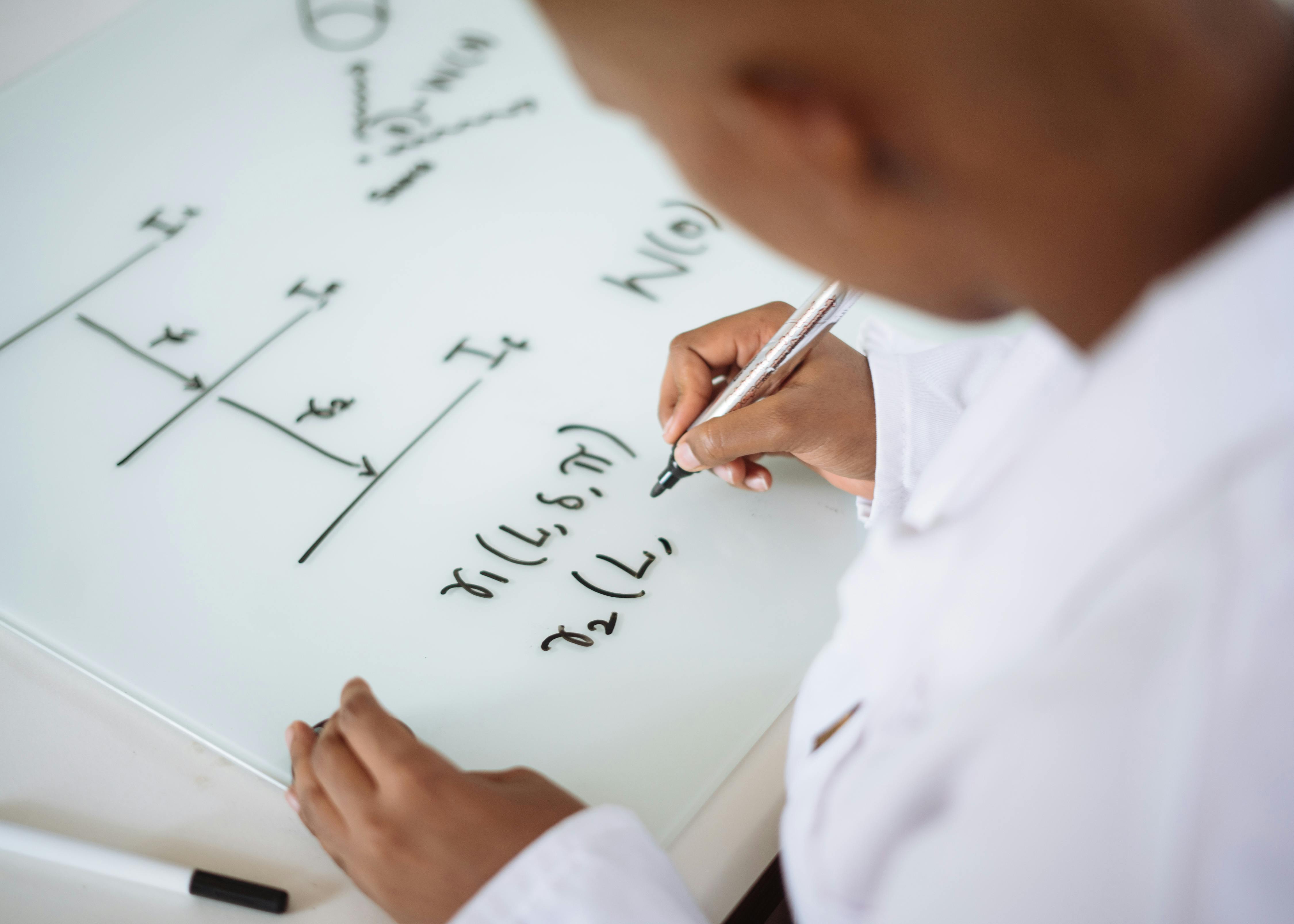3 min to read
Math Circles
Introducing math to 3-7 year olds.

Why I’m Reading this Book
I remember loving math as a child and then one day that changed. I think that there’s something that we’re doing to drum the fascination out of children, and I’m hoping to prevent that from occurring with my kids. I heard about this book on Reddit called Math from Three to Seven: The Story of a Mathematical Circle for Preschoolers.
This page will serve as my notes on this book.
What is a math circle?
Groups of people get together to discuss and explore math. It’s popular in Eastern Europe and has been growing in the United States. The University of Floria has a Math circle that I may end up checking out when the boys are older.
They typically focus on problems instead of exercises like our schools typically do. These are conducted outside the school system and last well until adulthood.
Exercise
The tactics used to solve a particular calculation such as formulas
Problems
A question to which you don’t they know the answer
Advice From The Intro of The Book
- Have fun! Of course, if it’s not enjoyable, kids will be turned off; this is just common sense. But it’s deeper than that: humor relieves stress, builds community, enhances confidence. Zvonkin gives many examples that show how laughter saves the day.
- Prepare carefully, even though things never turn out the way you planned. Zvonkin sometimes criticizes his lack of preparation, and of- ten thinks things up on the spot, but a remarkable feature of his circle was the loving attention that he (and his wife, Alla) gave to conceiving and creating a multitude of cards, pictures, games, etc. The serendip- itous moments, of which there are many, some quite successful, do not happen in a vacuum; they are nourished by hours of prior thininking and working.
- Recognize the individuality of each child. Another common-sense idea, but one that is easy to forget. Not only is every kid different, but they change from minute to minute. Zvonkin is a harsh judge of himself, frequently confessing to impatience and insensitivity. But in fact, this introspective self-criticism is what keeps him connected with his kids. It is only the teachers who worry about their insensitivity who have a chance to actually listen to their students. And indeed, this book is nothing if not a detailed record of listening, observing, and mind- reading.
-
Use physical objects (“manipulatives”) whenever possible, engaging chil- dren with the “real” world. Little kids don’t learn by listening to lec- tures. They have to touch, move, count, cut, glue, draw, etc. This is especially important in our modern computer-dominated age. Zvonkin tells a poignant story, “You can touch it!” (p. 237) about kids in a computer lab who’d rather play with an antique calculator that has a handle that turns. Throughout the book, we learn that people, not just young children, do not think in a vacuum; part of what makes us human is our connection to the physical world. Teachers who ignore this do so at their peril.
- Don’t explain much. Let them figure it out. Any teacher or parent knows that this is easier said than done, and Zvonkin relates many examples of his own struggles to let his kids flounder and grapple with difficulties, and the joy he feels when kids tackle hard questions that they raise themselves.
- Be flexible, including when interpreting the above rules. A recurrent theme in the book is the danger of rigidity. Zvonkin discovers that his best sessions are the well-prepared, yet serendipitous ones; where he tries something that he invested a lot of planning in, but it doesn’t go as planned, so he changes gears. Conversely, some of his worst experiences happen when he sticks to his guns, against his better judgement.

